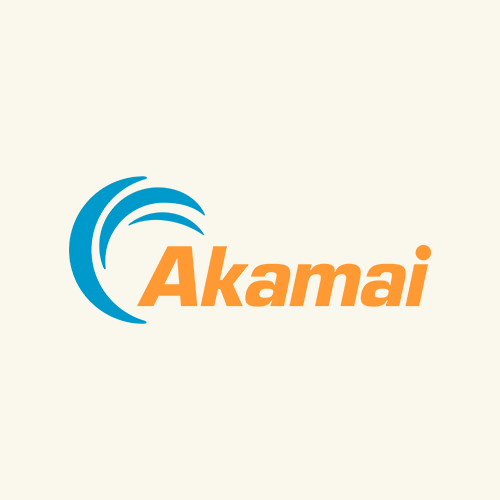Akamai
Enterprise Design System & Platform Overhaul
Akamai’s design system had grown bloated, disconnected, and unsustainable. With over 300 components and thousands of live pages in AEM, design and dev teams struggled to stay aligned, slowing progress across the entire organization.
Streamlining Chaos: Rebuilding Akamai’s Design System for Scale and Sanity
Akamai’s sprawling digital ecosystem was fractured — 300+ components, outdated libraries, and misaligned teams. I led the overhaul, unifying design, development, and accessibility into a scalable system that supports thousands of global pages without breaking.
The Challenge
Akamai’s digital ecosystem had become chaotic. Their design system included hundreds of overlapping component variants, no centralized documentation, and no visibility into how designs translated into the live AEM environment. This made collaboration difficult and introduced inconsistencies across teams, stakeholders, and products.
With a massive global footprint, even minor friction in design-to-dev workflows scaled into major inefficiencies. The system had to be rebuilt from the ground up without breaking thousands of existing pages.
The Opportunity
Akamai didn’t just need a new library. They needed:
A lean, strategic design system built for scale and governance
A token-based structure to improve accessibility and handoff
UX guidance aligned to real-world implementation in AEM
A framework that could survive migration without disrupting core flows
A centralized visual language to unify design teams across the org
This was also a moment to bring new design thinking into legacy areas like reference architectures and the partner directory.
My Role: Design Lead
As lead designer for this engagement, I was responsible for:
Auditing 300+ legacy components and identifying core use cases
Reducing bloat and defining a new, rationalized component set
Creating a new token-based design system in Figma with accessibility baked in
Partnering with dev teams to ensure AEM feasibility and parity
Designing a more intuitive, filterable experience for Akamai’s global Partner Directory
Updating Reference Architecture visuals to clearly communicate product function and flow
I also worked alongside Akamai’s external rebrand agency to provide accessibility recommendations and ensure system-level cohesion during the brand refresh.
The Solution
The result was a ground-up overhaul of Akamai’s digital system, including:
A new modular component library designed for real-world scalability
Clear tokens and rules to support global accessibility standards
Rational UI structure built to prevent duplication and misalignment
New UX for Partner Directory, including industry/category filters and mobile improvements
Improved Reference Architecture templates built for visual clarity and technical storytelling
Results (so far)
While implementation is still ongoing, the new system has already improved internal clarity, reduced design-to-dev waste, and aligned teams across regions. The Partner Directory and Architecture pages are currently being prepped for full rollout with positive feedback from stakeholders.
Figma · AEM · Design Systems Strategy · Accessibility · UX Architecture · Stakeholder Alignment · Visual Communication · Token-Based Systems
Tools


